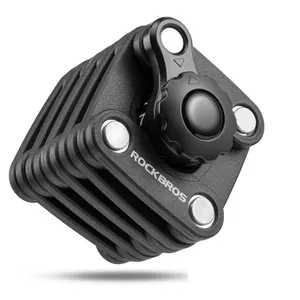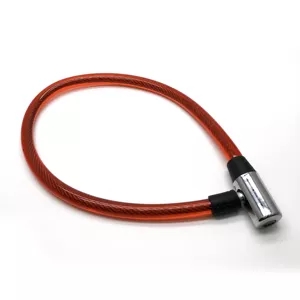**1. Classifications: E-bikes are typically classified into different classes based on factors such as maximum speed and power output. The classifications often include Class 1 (pedal-assist), Class 2 (throttle-assist), and Class 3 (higher-speed pedal-assist). Familiarize yourself with these classifications and which one your e-bike falls under.
**2. Maximum Speed and Power: Regulations usually specify maximum speed and power limits for each e-bike class. Make sure your e-bike adheres to these limits to avoid legal issues.
**3. Licensing and Age Requirements: Depending on the class of e-bike and local regulations, you may or may not need a driver’s license, motorcycle license, or specific e-bike license to operate your e-bike legally. Age requirements can also vary.
**4. Helmet Laws: Check whether helmet use is mandatory for e-bike riders in your area. Even if not legally required, wearing a helmet is recommended for safety.
**5. Bike Lane and Road Use: Regulations often dictate where e-bikes are allowed to operate, such as on bike lanes, roads, or certain paths. Some areas restrict e-bike use on sidewalks.
**6. Pedal Assist vs. Throttle: Different regions have varying rules regarding pedal-assist and throttle-controlled e-bikes. Some places only permit pedal-assist e-bikes, while others allow both.
**7. Riding on Trails and Parks: If you plan to ride your e-bike on trails or in parks, check local regulations, as there may be restrictions on motorized vehicles.
**8. Riding Under the Influence: Just like driving a car, riding an e-bike under the influence of alcohol or drugs can lead to legal consequences.
**9. Registration and Insurance: Some places may require e-bike registration or insurance, similar to motor vehicles. Research whether this is applicable in your area.
**10. Local Ordinances: Be aware of any local ordinances or specific rules related to e-bike use in your city or town.
**11. Updates and Changes: Keep yourself informed about any updates or changes to e-bike regulations in your area. Laws can evolve, and staying updated is crucial.
**12. Respect Pedestrian Rights: Even if e-bikes are allowed in certain areas, always yield to pedestrians and prioritize their safety.
**13. Public Transportation Rules: Understand the rules for taking your e-bike on public transportation, such as buses or trains.
**14. Ride Responsibly: Regardless of regulations, always ride your e-bike responsibly, follow traffic rules, and prioritize safety.
To get accurate and up-to-date information about e-bike regulations in your specific area, consult local government websites, transportation authorities, or bike advocacy groups. It’s essential to ride your e-bike in a way that respects the law and promotes a safe and harmonious environment for all road users.





























